The Foundry Gallery
39 Old Church Street
London
SW3 5BS
United Kingdom
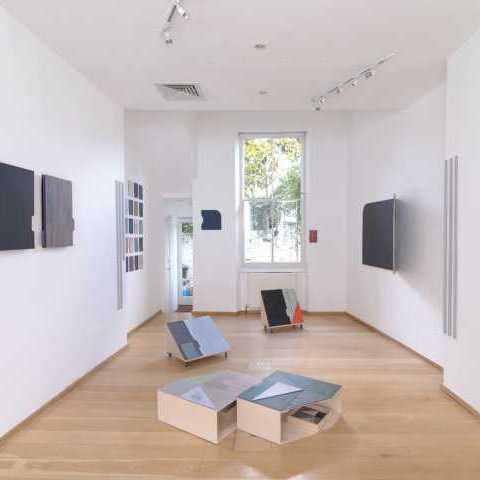
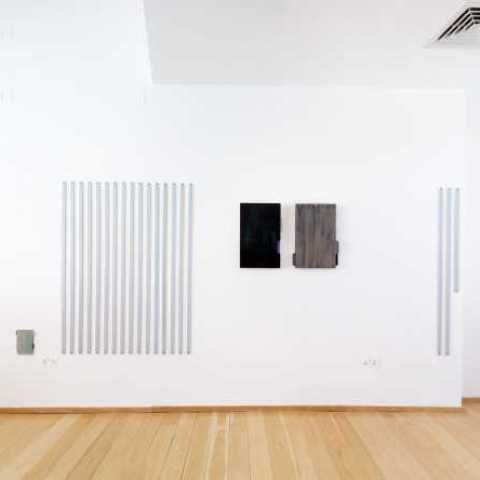
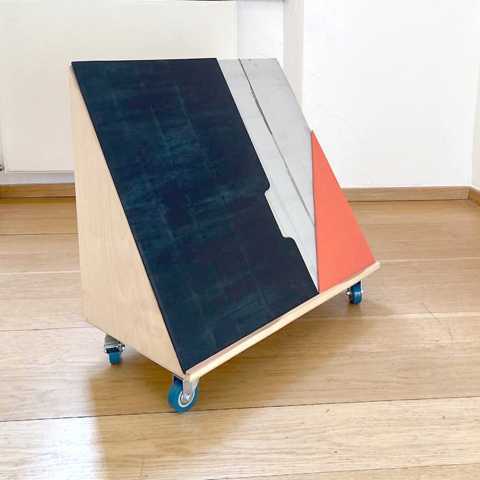
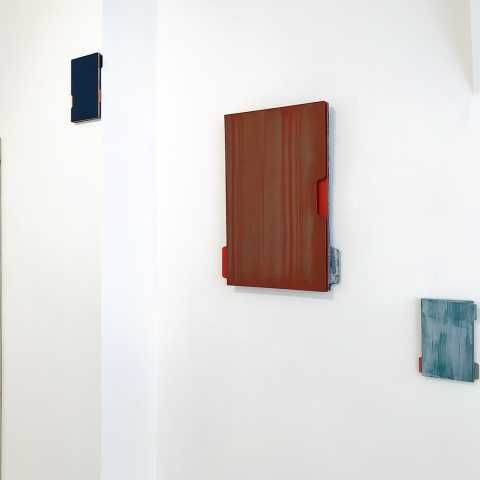
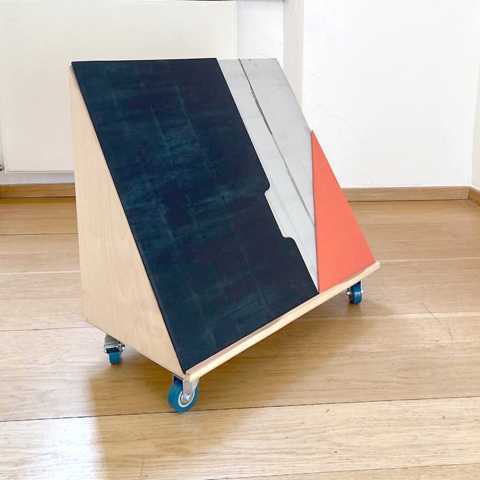
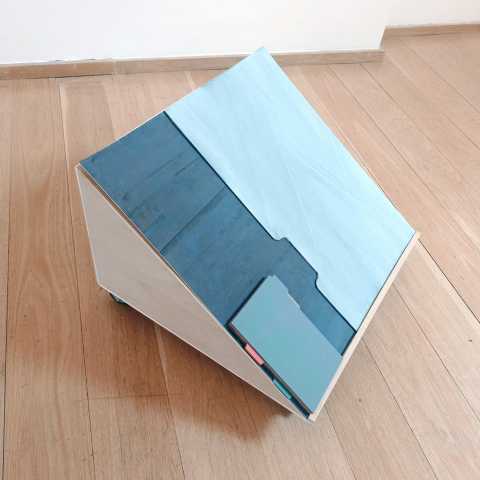

Moyra Derby takes a component based approach to painting systems and structures. Wall and floor works are generated through a shared set of ratios and compositional strategies. Their status as paintings is often interchangeable with their potential as shelves, screens or storage, or their readability as a number system or mathematical diagrams. Often made in direct conversation with historical sources as part of a process of negotiating the work’s categorisation as paintings and understanding their function as cultural artefacts.
Working with an expanded model of painting that is active within its spatial setting while still pictorially conditioned, the works for ‘Diagramming: the space of a painting, the space of a room’ at The Foundry Gallery adapt and respond to the room dimensions and architectural details of the gallery space. The room as a unit of interior space is positioned as equivalent to the space of painting, measured, inhabited, contained; from the surface expanses of walls and floor, to the mapping of recessional space and spatial enclosure, to the divisions of edges and corners and framing devices of doors and windows. In proposing an exchange between the space of a painting and the space of a room, the installed components are configured to anticipate and reciprocate the spatial and attentional alignments of a visitor. They also acknowledge some of the histories of the rooms that The Foundry Gallery occupies.
The use of the term diagram can evoke a demonstration of possibilities, functions and relations but it can also indicate a reductive or limiting schema. Here it is imagined as both a substrate and an overlay for painting and room, imaginatively depictive and at the same time conceptually abstracted, prompting set of actions or interactions, while also picturing them. The room is imagined as a framework for inhabited space and for interior reflection, capturing painting’s associative and visualising capacities. Transactions between the visual and the tactile, interplays between the imagined and the actualised, and the moving components of works and visitors are put in play. A provisional and discursive state for painting is proposed through loops of potential interactions. Preoccupations with paint application building colour and catching surface incident and the layered residues of processing participate in this invitation to the gallery visitor. As Joan Key observes, ‘The balance of resolved/to be resolved in installation makes open-ended propositions as the viewer is caught between awareness of spatial co-ordinates that organise the paintings within the room, of absorption into the depths of colour and layered surfaces constructed within the paintings." (Joan Key, 2023)
Other rooms and room structures that intersect with painting’s art history inform the approach undertaken here. Each of these references comes with a proviso for painting, and asks what it might mean to continue to be involved in the activity of painting. These include: the tactile invitation in a painted curved partition at the entrance of Eileen Grey’s 1926 E-1027 house, remembering Grey’s recalibration of modernist principles away from a dematerialisation she associated with abstract painting and towards a more sensorily responsive attitude to interior space; the moveable and optically charged surfaces of El Lissitsky’s Kabinett der Abstrakten or Demonstrationsräume designed to house abstract paintings, while being critical of their pictorial limitations, leading to the activation of staging and sensory disorientation in the space of exhibition, with pictures positioned as protagonists as much as the viewers; or Alma Siedhoff-Buscher’s adaptive approach to space in her 1923 block units for a children’s room as part of the Bauhaus Haus am Horn, with this accessible modularity open to be shaped by the imagination set against a Bauhaus system that excluded female practitioners from both painting and architecture. So, the room visualised as a private space, or internalised as a space for thinking, and the room understood as a public space for interaction or presentation, also offers thoughts about space and inclusion. An interest in the social and cultural conditioning of the modes of attention that painting might prompt are also being worked out within the confines and possibilities of a room space.
